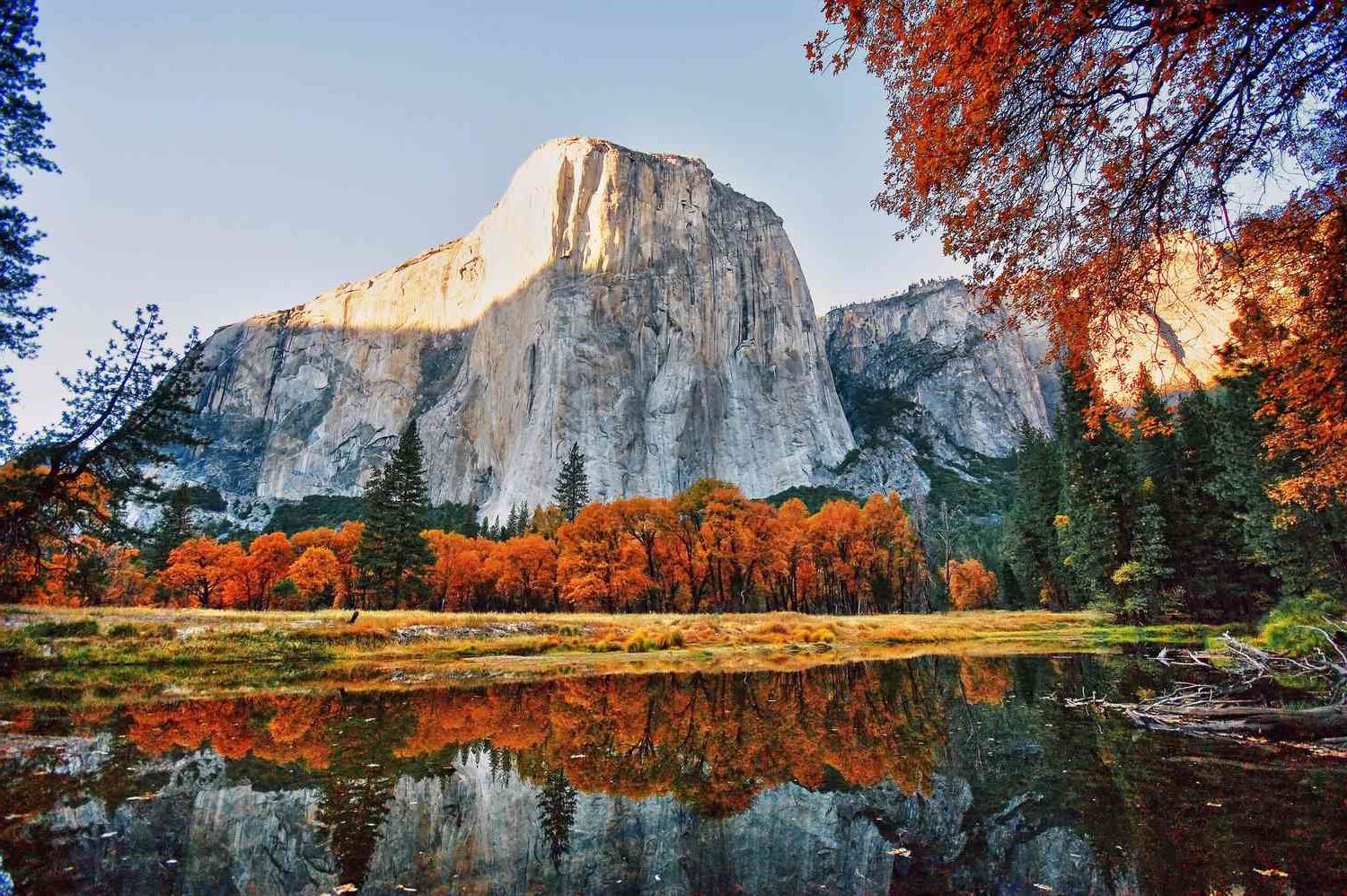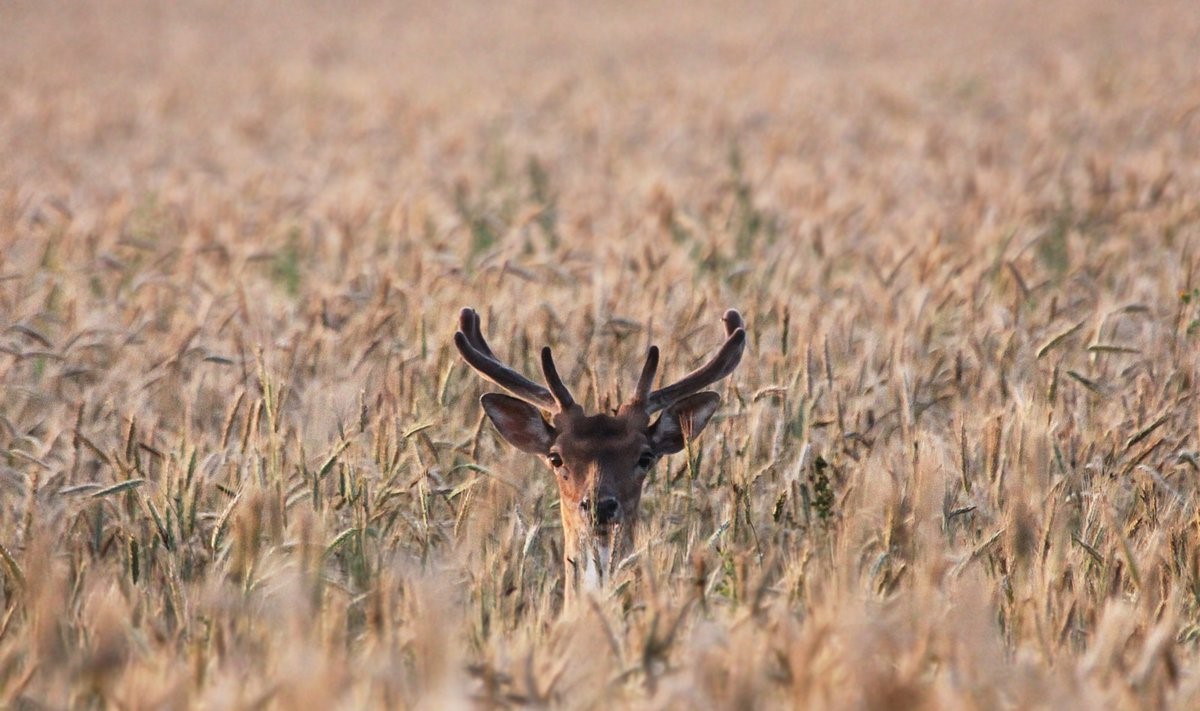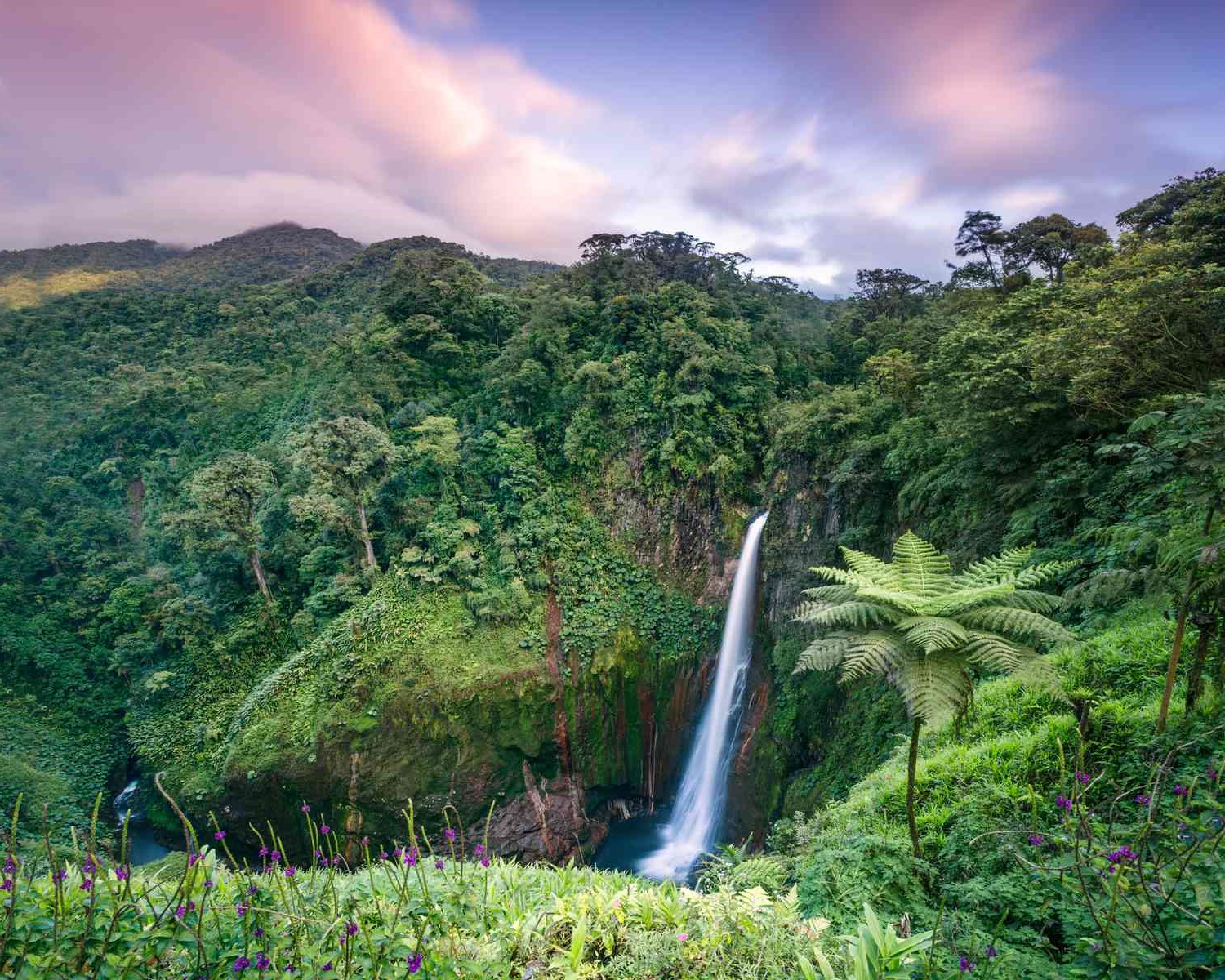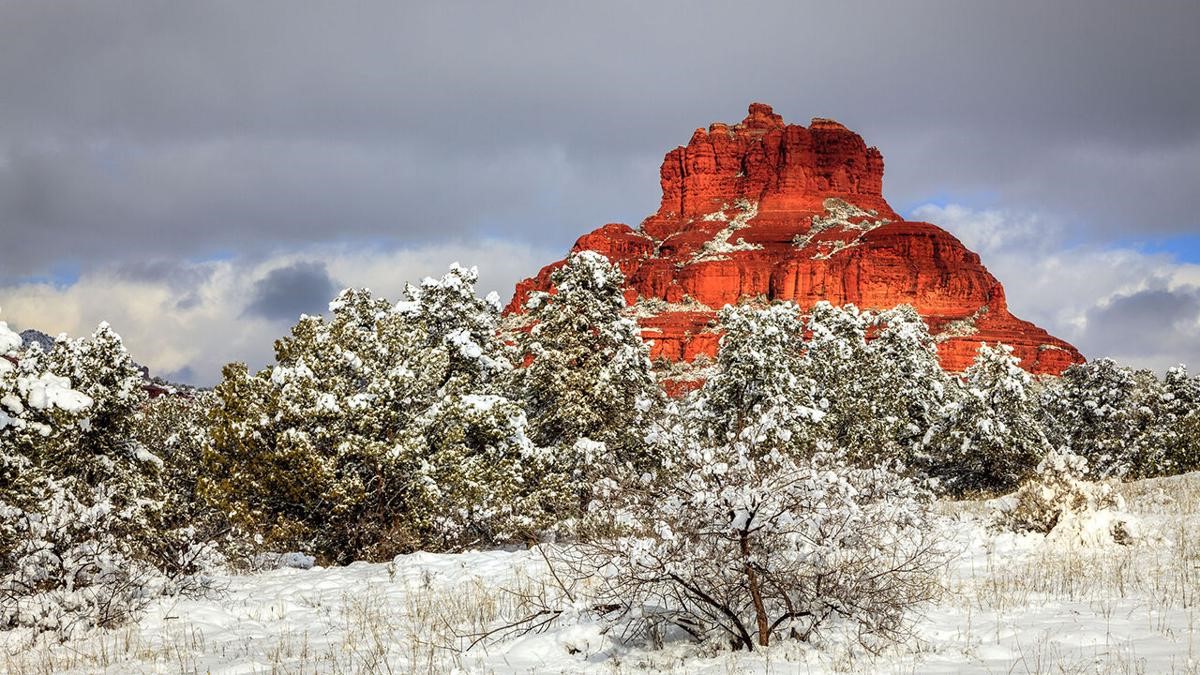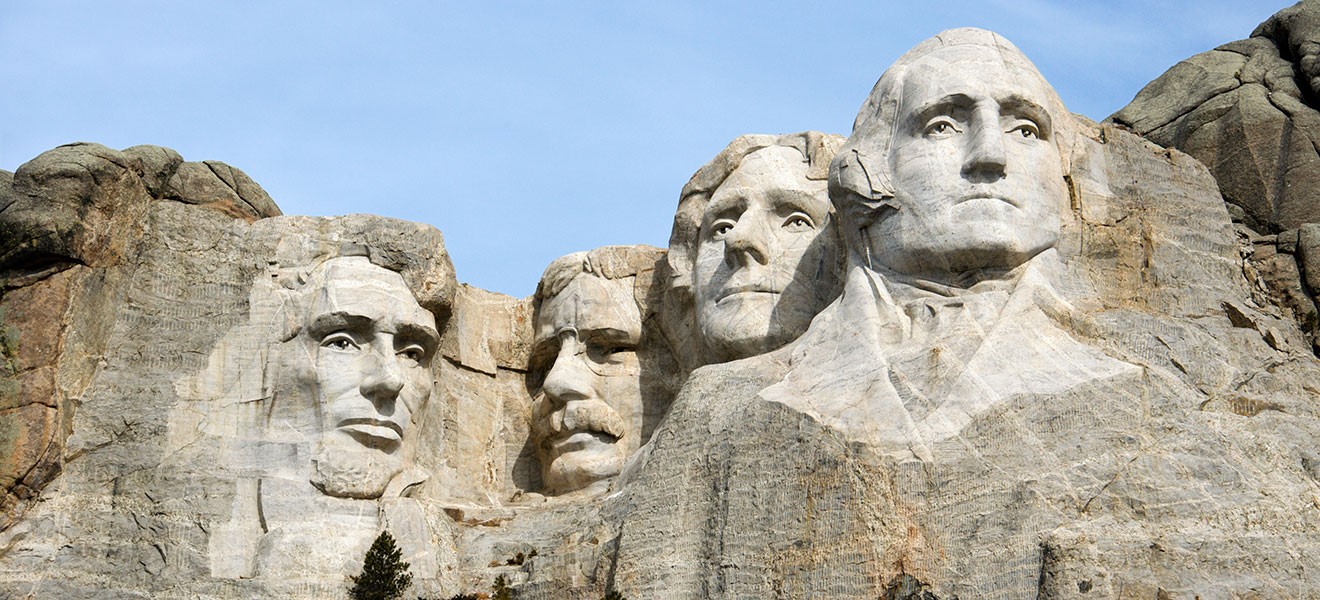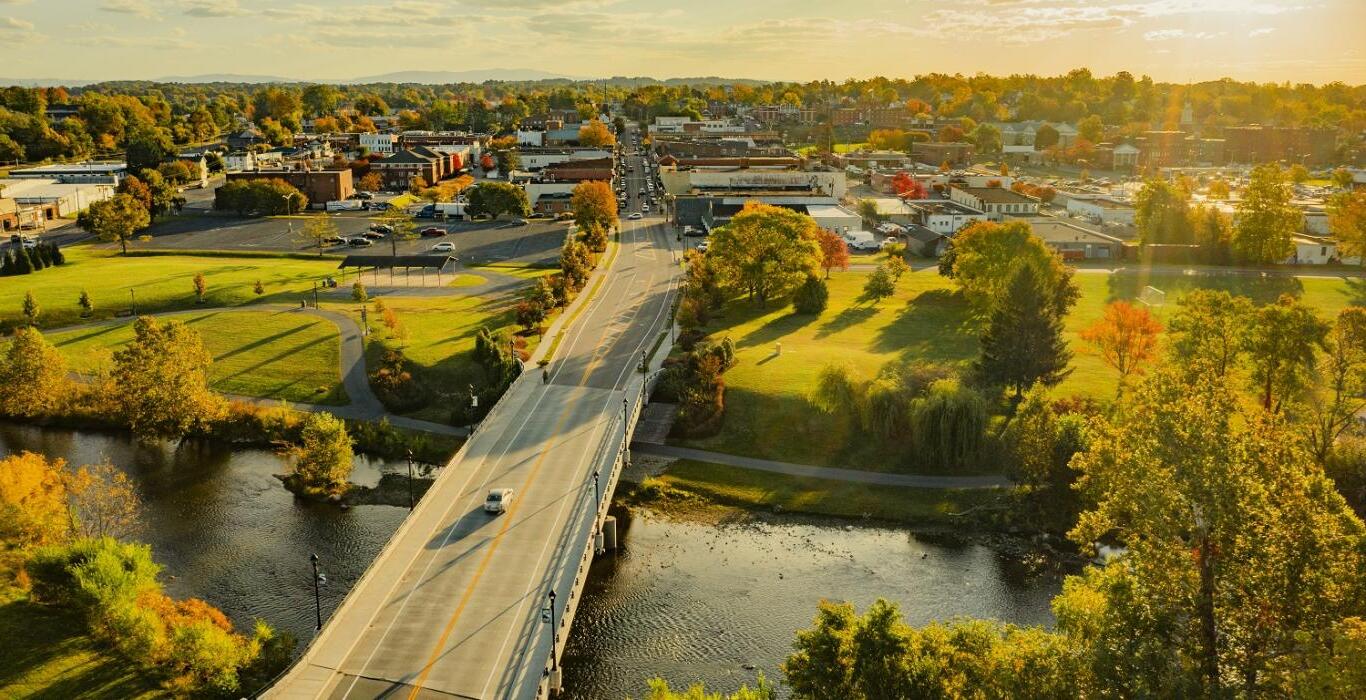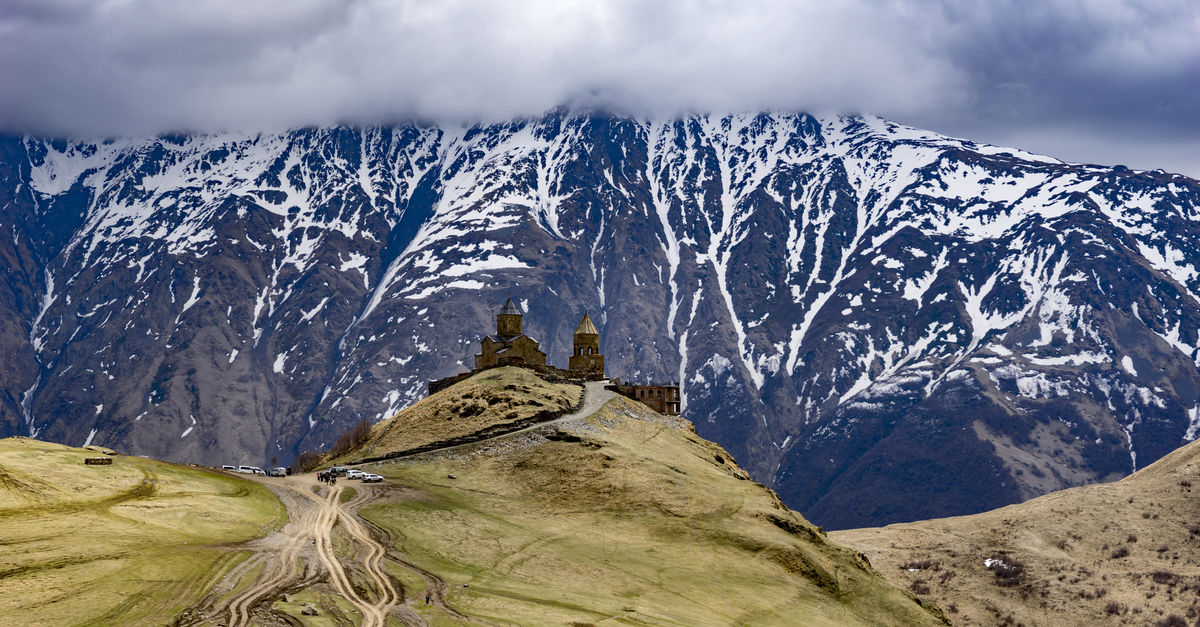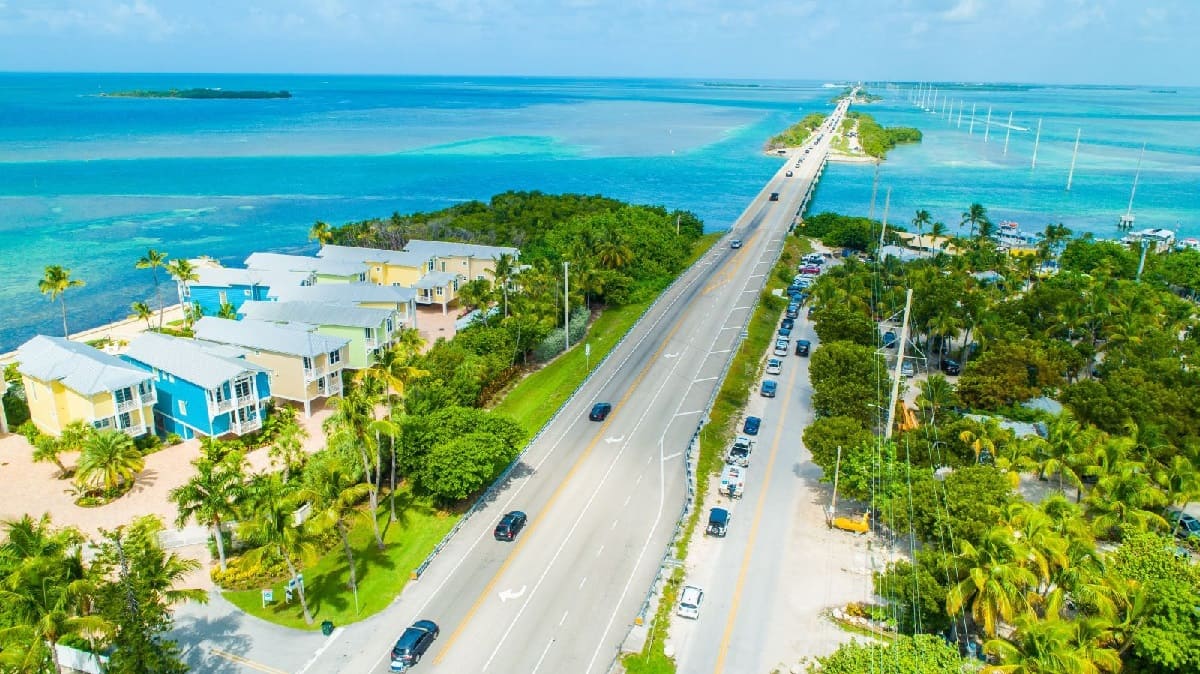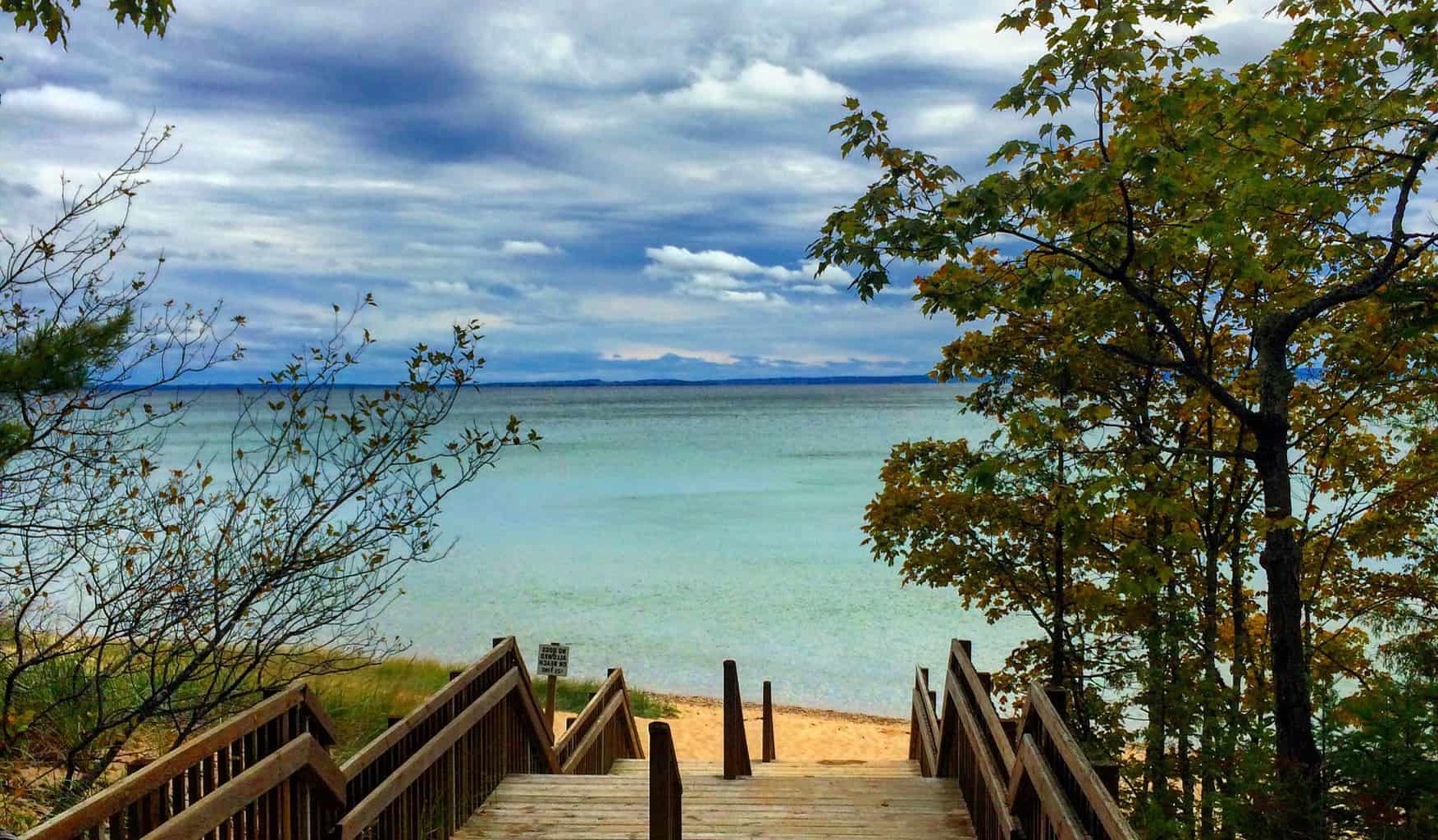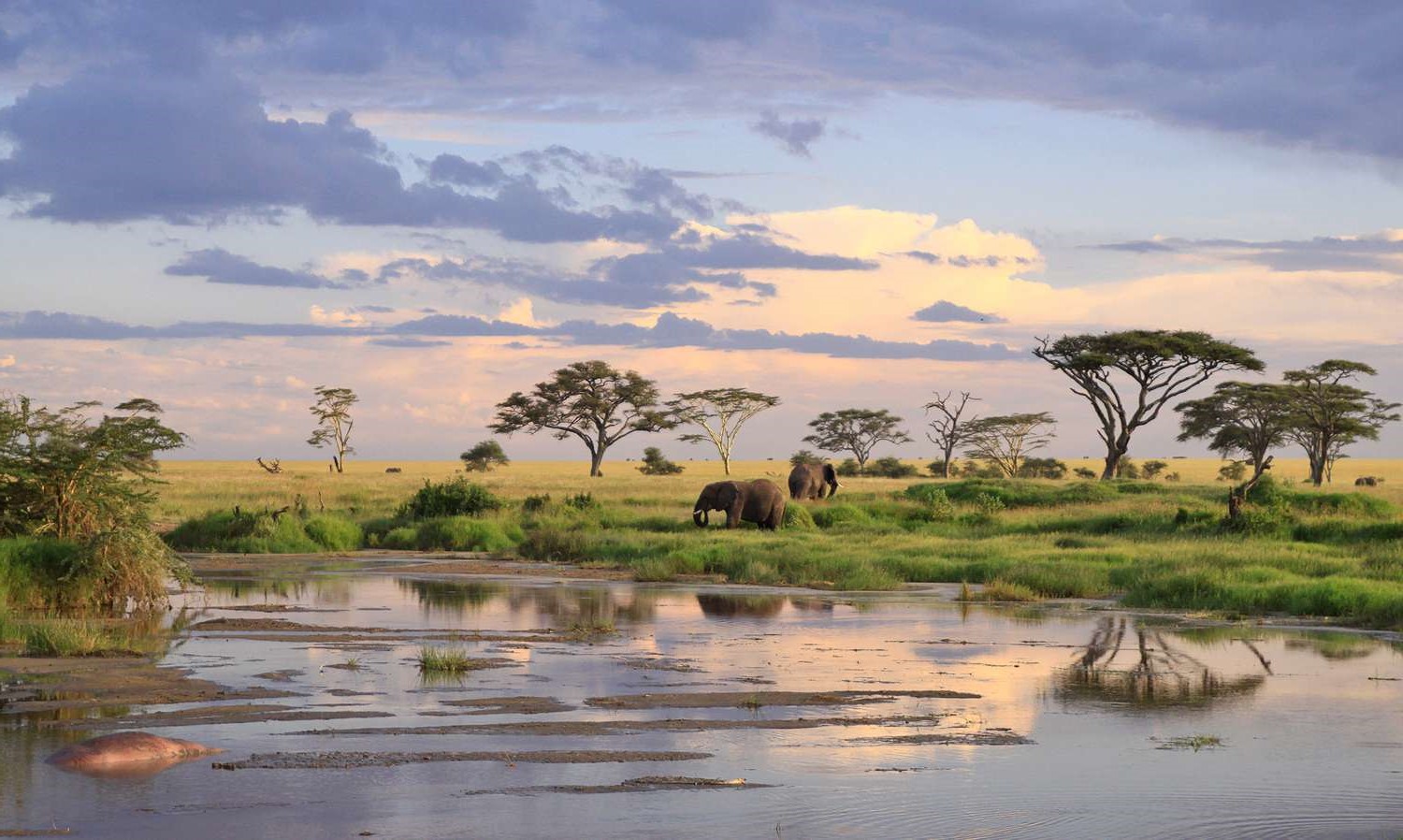Home>Weather and Climate>How West Virginia’s Climates Vary Across the State
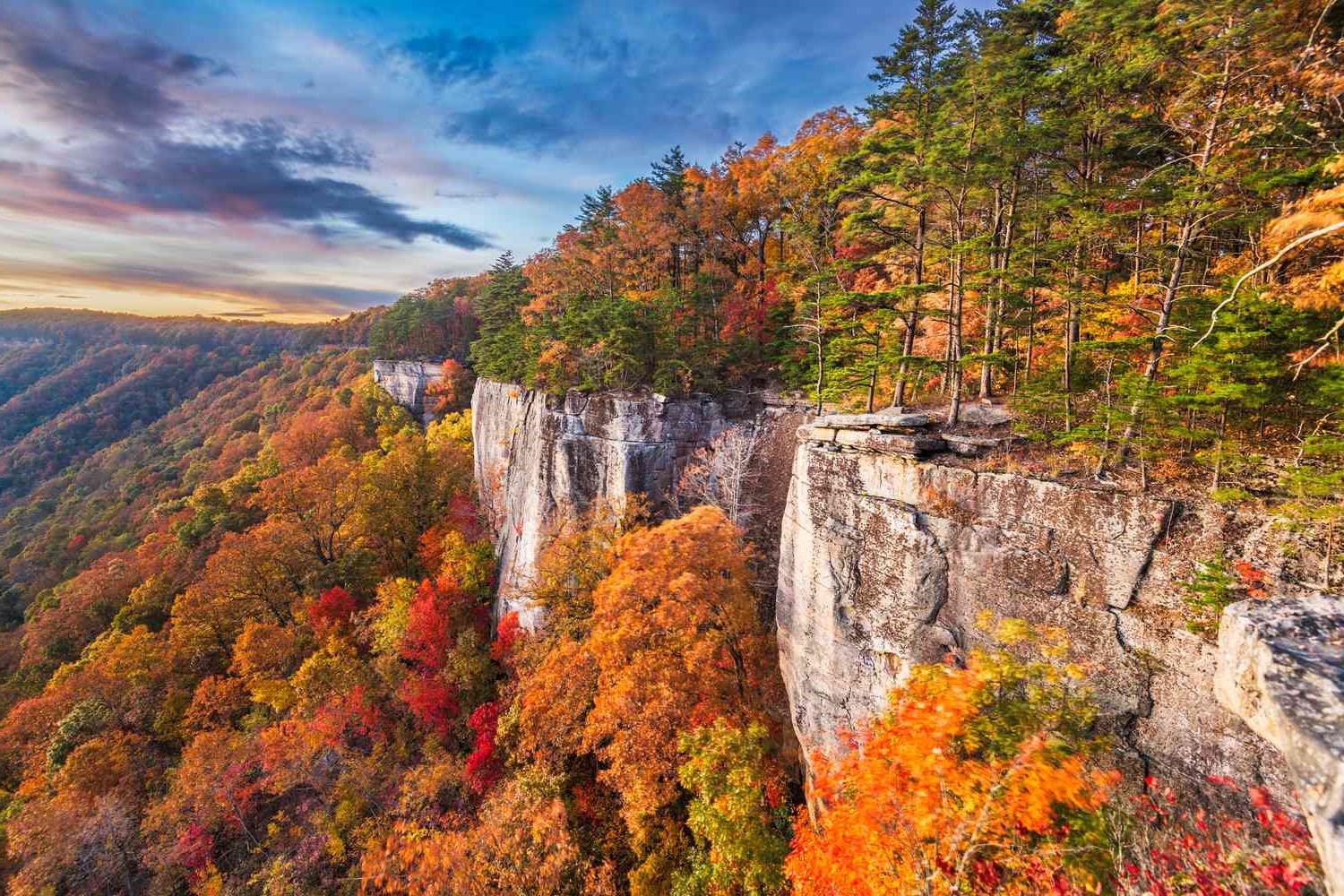

Weather and Climate
How West Virginia’s Climates Vary Across the State
Published: June 15, 2024
Explore the diverse weather and climate patterns of West Virginia. Gain insights into the various climates that shape this region.
(Many of the links in this article redirect to a specific reviewed product. Your purchase of these products through affiliate links helps to generate commission for Temperatures.com, at no extra cost. Learn more)
West Virginia, nestled in the heart of Appalachia, boasts a climate that's as varied as its landscape. From the low-lying river valleys to the high peaks of the Allegheny Mountains, you'll find that weather patterns shift in fascinating ways. Humid subtropical conditions dominate much of the state, meaning summers are warm and muggy, while winters tend to be cool and damp. Yet, don't let this generalization fool you; elevation plays a huge role in local weather nuances.
In higher elevations, like those around the Monongahela National Forest, cooler temperatures and more significant snowfall are common. Ski enthusiasts and snowboarders, take note; this is your winter haven. Meanwhile, lower areas such as the Eastern Panhandle experience milder winters, making them less intimidating for folks not fond of shoveling snow.
Spring and fall in West Virginia are truly special. These seasons paint the landscape with a broad brush of vibrant colors, from the delicate blooms of spring to the fiery foliage of autumn. Both seasons offer relatively mild temperatures, perfect for exploring the state's abundant outdoor beauty.
So, whether you're hiking up Spruce Knob or rafting down the New River, West Virginia's climate offers something for every adventurer. Just remember, layers are your best friend here, given the weather's tendency to change on a dime.





